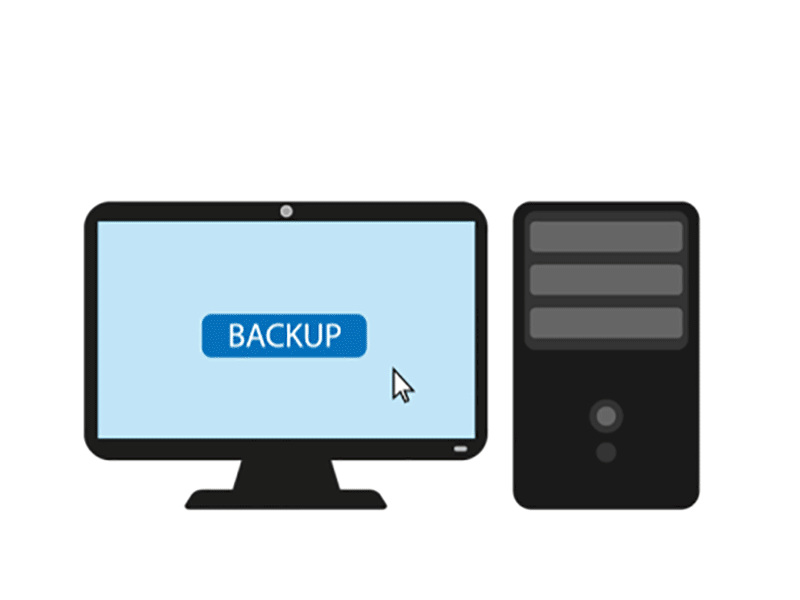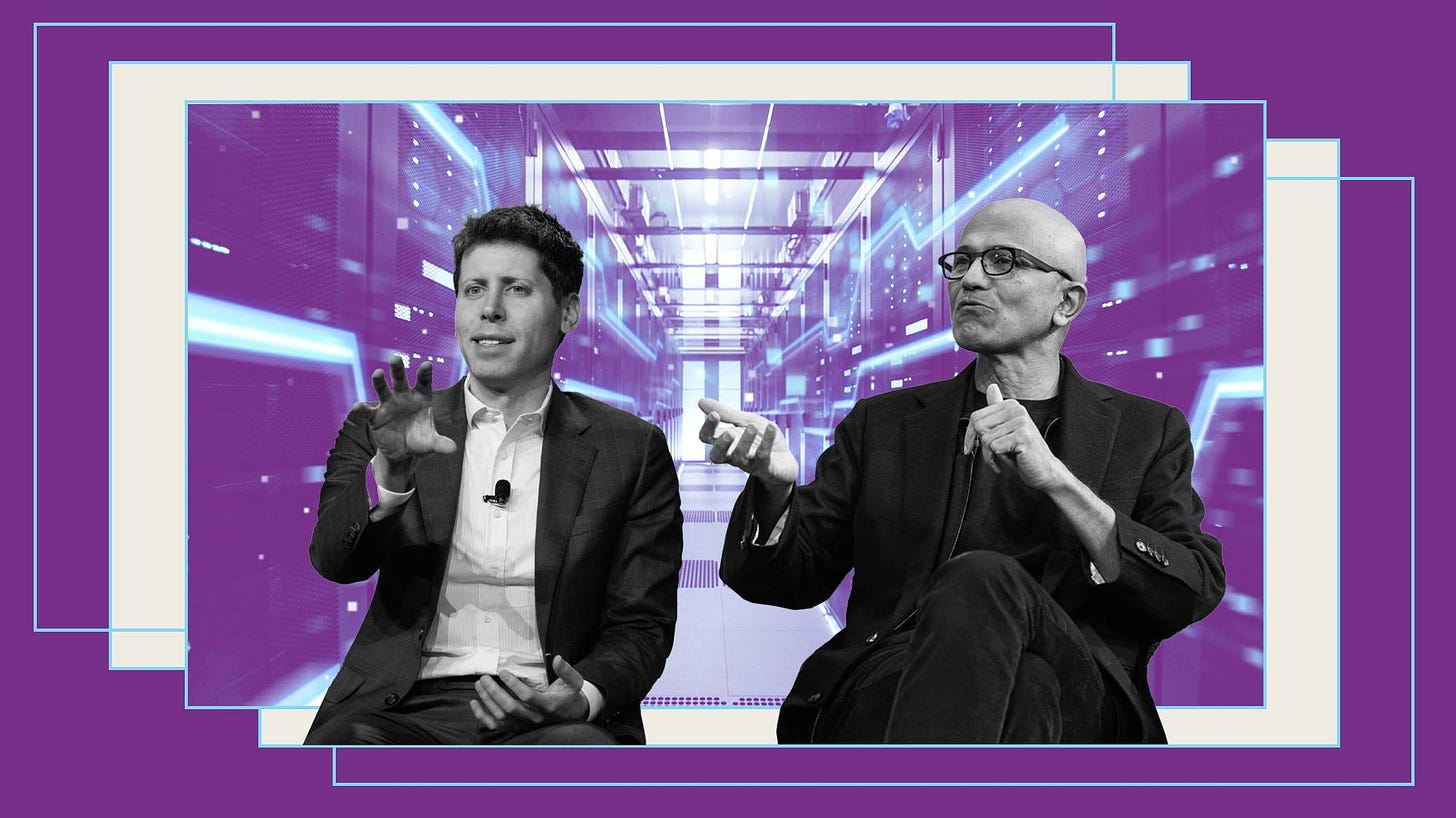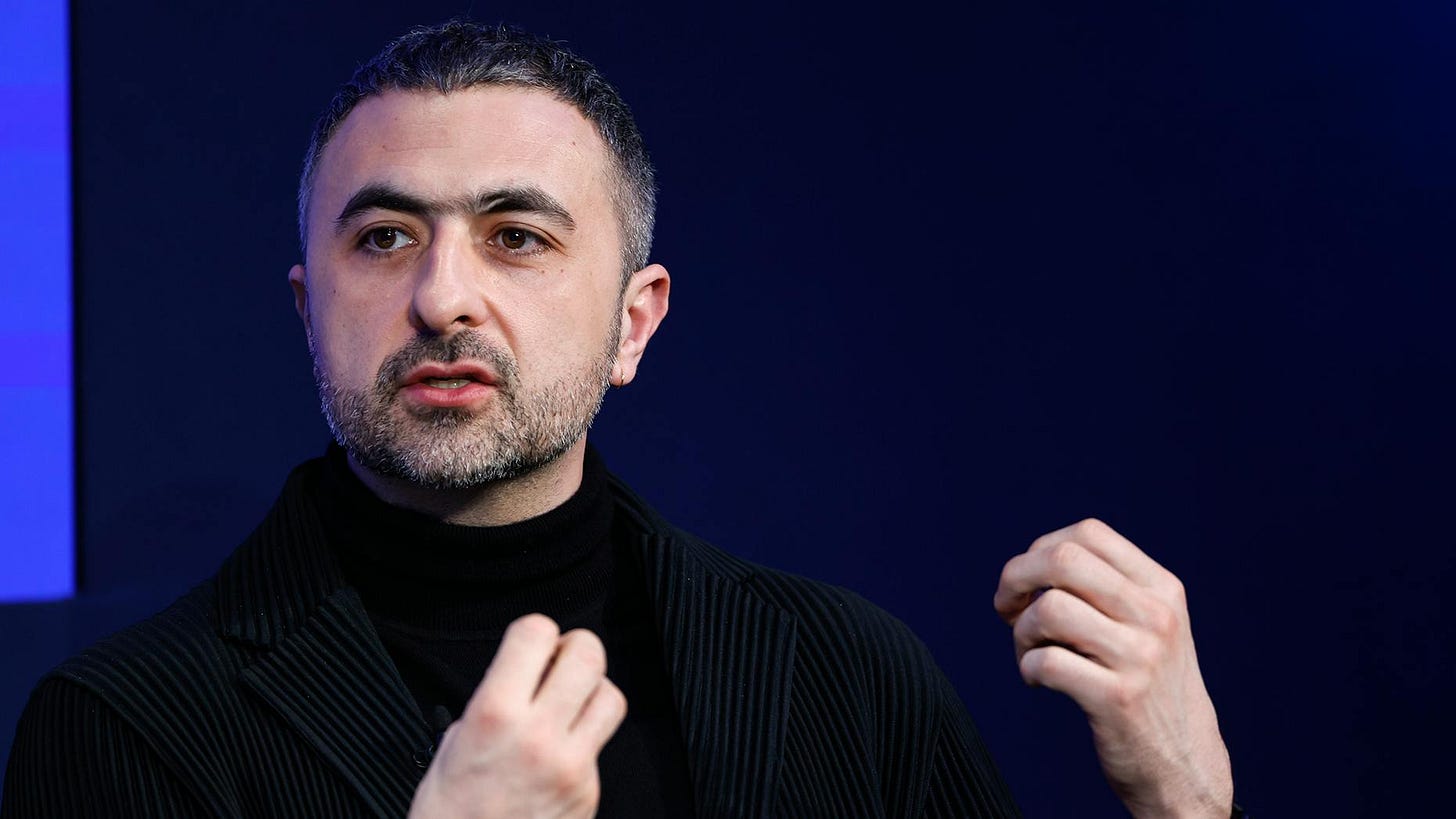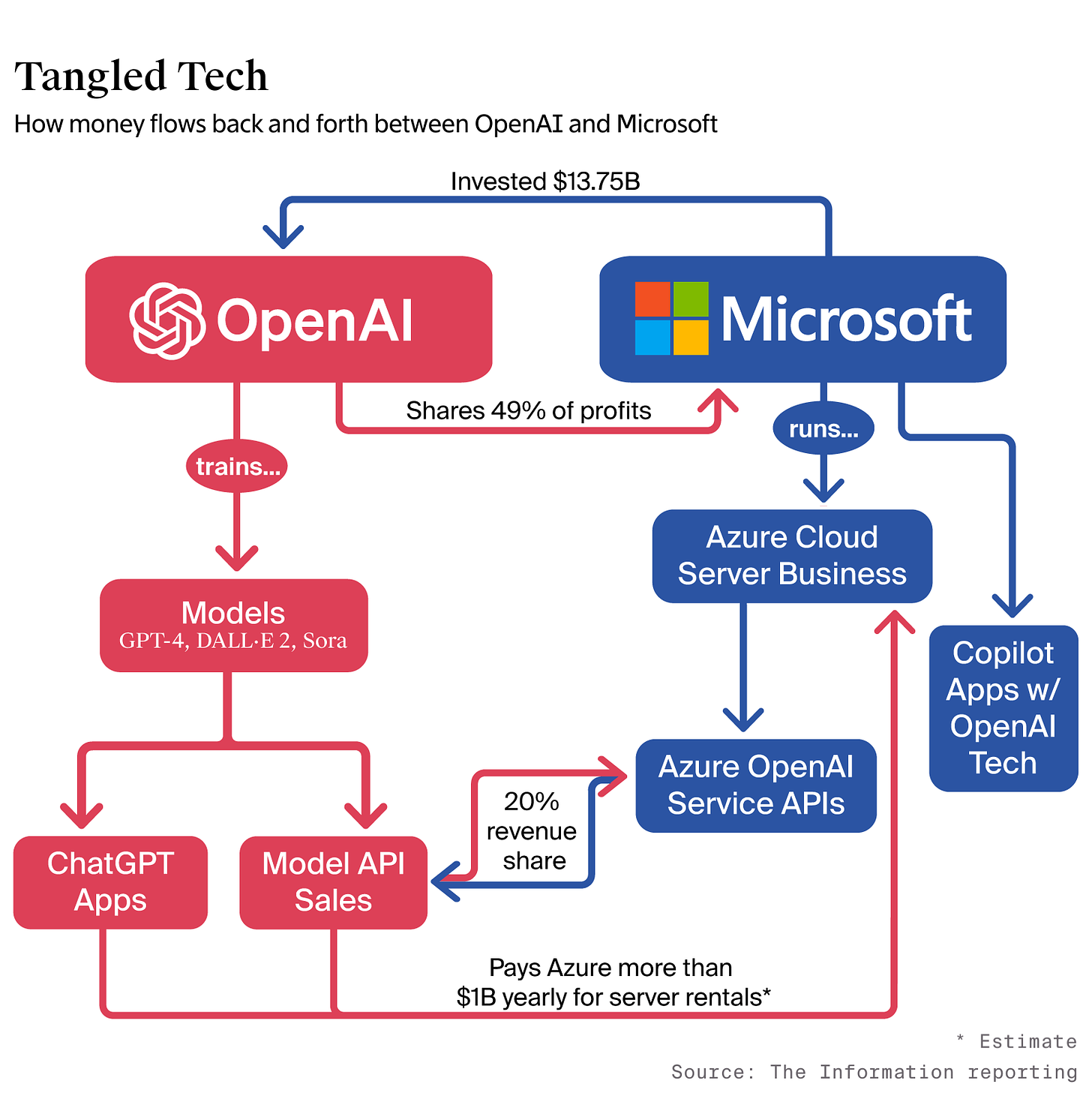
AI: Microsoft and OpenAI build backup options. RTZ #656
Microsoft and OpenAI continue to take small backup steps into each others’ domains while maintaining their long-term partnership. This is a topic I’ve discussed at length before, and a key characteristic of this unique big tech partnership, where both have been doing the Tango well together to date.
The latest developments are of course OpenAI building some of their own AI Infrastructure compute independent of Microsoft’s Azure Cloud services, with its ‘Stargate’ partnership with Softbank. And incrementally building investment partnerships with key neocloud AI infrastructure providers like CoreWeave.
While Microsoft continues to explore open and closed source alternatives to OpenAI’s core LLM AI technologies. It’s going to be a long-term efforts for both in their respective directions.
As the Information reports in “Independence From OpenAI. That’s Easier Said Than Done”:
“After setbacks, Microsoft AI head Mustafa Suleyman appears to be making slow progress on his mission to reduce Microsoft’s dependence on OpenAI.”
“A central challenge Suleyman has faced since he assumed the lofty title of AI CEO at Microsoft, which has invested more than $13 billion in OpenAI in exchange for a share of its revenue and the rights to reuse its technology. Suleyman’s job, which he started a year ago, has two somewhat conflicting mandates, according to executives in his unit.”
“First, he must simultaneously carry on the OpenAI partnership, through which the two companies share information about AI research and development. At the same time, he’s also under orders to put Microsoft on a path to self-sufficiency in AI so it won’t have to rely indefinitely on OpenAI’s technology for the majority of Microsoft AI products.”
Two opposite things can be true at the same time:
“Now AI researchers in Suleyman’s unit believe they have achieved a significant milestone on the second of those two priorities. A team led by Suleyman’s deputy, Karén Simonyan, recently completed the training of a family of Microsoft models, internally referred to as MAI, that performed nearly as well as leading models from OpenAI and Anthropic on commonly accepted benchmarks, according to someone involved in the effort. The team is also training reasoning models—which use chain-of-thought techniques to think through problems before solving them—that could compete directly with OpenAI’s, this person said.”
MAI has a robust roadmap into this year and beyond:
“Suleyman’s staff are already experimenting with swapping out the MAI models—which are far larger than an earlier family of Microsoft models called Phi—for OpenAI’s models in Microsoft’s Copilot, the person said. The company is considering releasing the MAI models later this year as an application programming interface, a software hook that will allow outside developers to weave the Microsoft models into their own apps, this person said.”
“Those plans, which haven’t been previously reported, would bring Microsoft’s models into direct competition with similar API offerings from OpenAI and other AI labs.”
OpenAI has already one of the biggest AI businesses via its APIs to developers and enterprises around the world.
Microsoft’s efforts go beyond home-grown options like MAI:
“And at Suleyman’s direction, Microsoft has been hedging its bets further by trying out models from OpenAI’s competitors to power Copilot—the family of AI tools built into Windows, the Edge web browser and other Microsoft products that currently run on OpenAI’s technology. Microsoft’s tests of alternative models for Copilot include ones from Anthropic and Musk’s xAI, along with open-source models from DeepSeek and Meta Platforms, according to the person with direct knowledge of the effort.”
“It’s an incredibly competitive and creative time,” Suleyman said in an interview. “We are now using, under the hood, essentially all of the models from major labs, including all of the open-source models. We are experimenting with them, we’re flighting them, and that’s not what anyone thought would happen.”
It’s a long play indeed, with billions in investments at stake:
“The effort to train the MAI models took nearly a year due to technical setbacks, abrupt changes in strategy and the departures of several Microsoft veterans who disagreed with Suleyman’s management and technical approach, according to interviews with six current and former Microsoft employees who worked with Suleyman and his deputies. During that time, OpenAI has trained and published several batches of cutting-edge models.”
And early days in terms of success metrics:
“Those setbacks have left some outsiders unconvinced that Suleyman can deliver on his grand strategy.”
“From the outside, it’s still not clear what they have to show for the creation of this unit under Suleyman a year later,” said Nathan Benaich, a venture capitalist who invests in AI startups. “They need to make Copilot a serious competitor to ChatGPT, but I’m not sure how they aim to do that, or what their strategy is beyond chasing what OpenAI has already done.”
“In a statement after this story was published, Microsoft spokesperson Frank Shaw said that MAI also trained a family of models last summer that achieved “state of the art” performance at the time, but declined to specify how it used those models in practice.”
Wall Street of course is watching, given the investment stakes involved in Nvidia and other infrastructure:
“No bet is more important at Microsoft than the one it’s making on AI. Last month, the company told shareholders it was generating more than $13 billion in annualized AI revenue—its most recent month’s revenue times 12—across all of its businesses, up from $10 billion just three months earlier.”
“Most of that revenue comes through Microsoft’s Azure cloud computing unit—including from OpenAI’s heavy use of the service—as well as from OpenAI-powered Office 365 products for corporate customers and AI tools for developers like GitHub Copilot, none of which Suleyman oversees. Instead, his remit is limited to AI within Microsoft’s consumer applications, such as Bing and Windows.”
Backup options take time:
“But Suleyman says his biggest focus is setting up Microsoft for AI self-sufficiency in the coming decade, not on short-term results. While he’s only responsible for a small share of Microsoft’s business, the products he oversees could have implications for the future of the entire company.”
“What we’re really trying to do at [Microsoft’s AI unit] is not get too obsessed with what’s happening this year or next year and really focus on what the next 10 years looks like,” Suleyman said. “[We’re] making sure that the company builds this muscle internally to be able to build the very best models in the world and also use the best models in partnership with everyone else.”
And there’ve been ups and downs working together with the OpenAI partnership:
“OpenAI had pioneered a new model dubbed o1 that was programmed to more accurately solve math and logic problems by taking more time to respond to users’ queries with answers.”
“But because OpenAI wouldn’t let Microsoft see the chain of thought for o1’s reasoning, Suleyman and his team had a difficult time figuring out how to replicate that programming in Microsoft’s own AI models.”
“Despite that, Suleyman’s AI team was able to successfully recreate some of what OpenAI had achieved in the subsequent months. The model-training team, led by Simonyan, began using chain-of-thought reasoning to improve output quality. That helped them overcome the struggles stemming from the models’ training data.”
It’s an ever-running marathon of an AI innovation race, working together, and building backups concurrently:
“But OpenAI has not been standing still. Its output of advances in its models has outpaced that of Microsoft. Over the past two months, the startup has since released a preview of o3, an even more powerful reasoning model, and GPT-4.5, its largest model yet. Whether Microsoft can catch up remains to be seen.”
The whole piece is worth reading for the details in this evolving partnership. But for now, it’s clear that one of the most iconic partnerships in this AI Tech Wave, has both parties building backup options. Stay tuned.
(NOTE: The discussions here are for information purposes only, and not meant as investment advice at any time. Thanks for joining us here)









